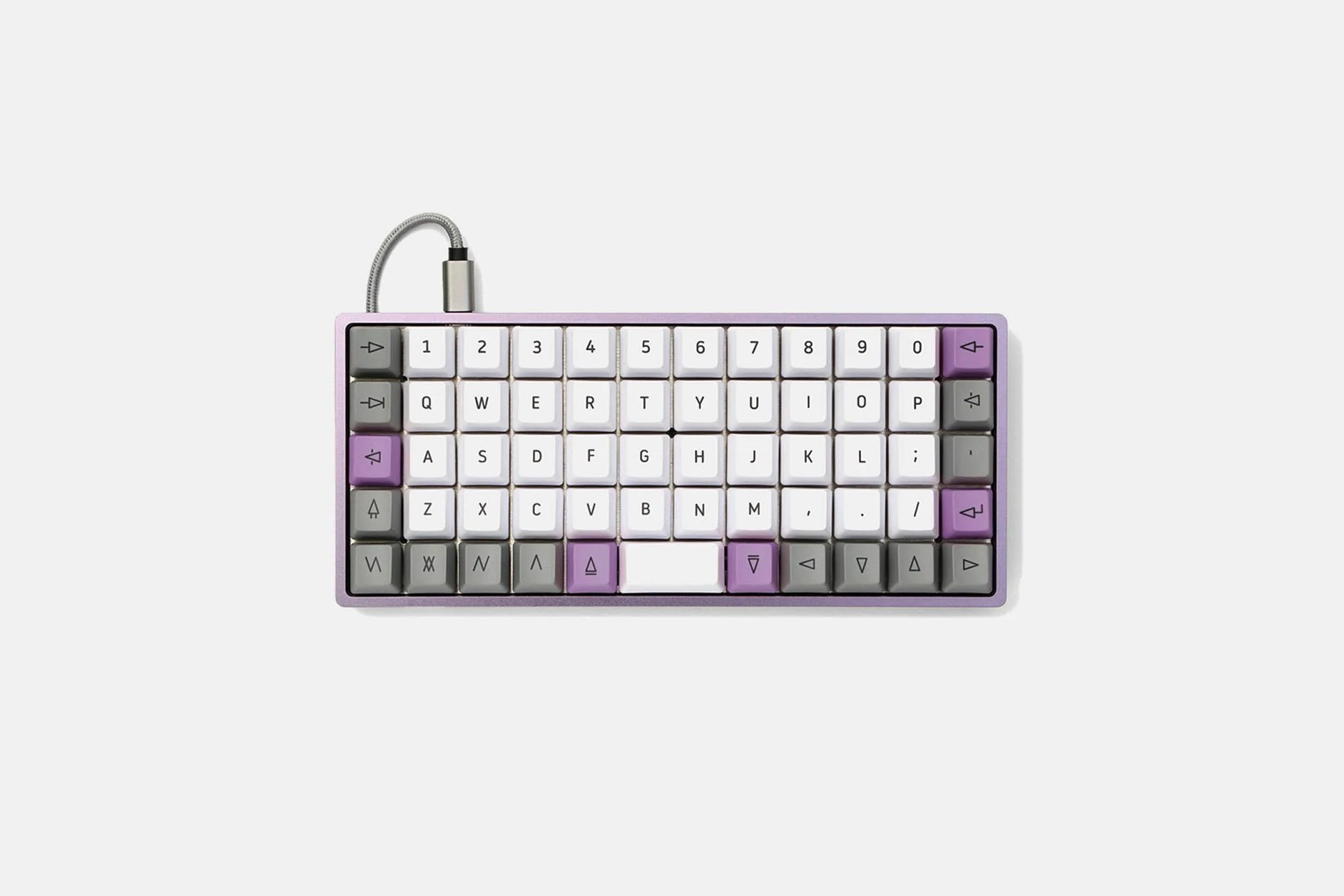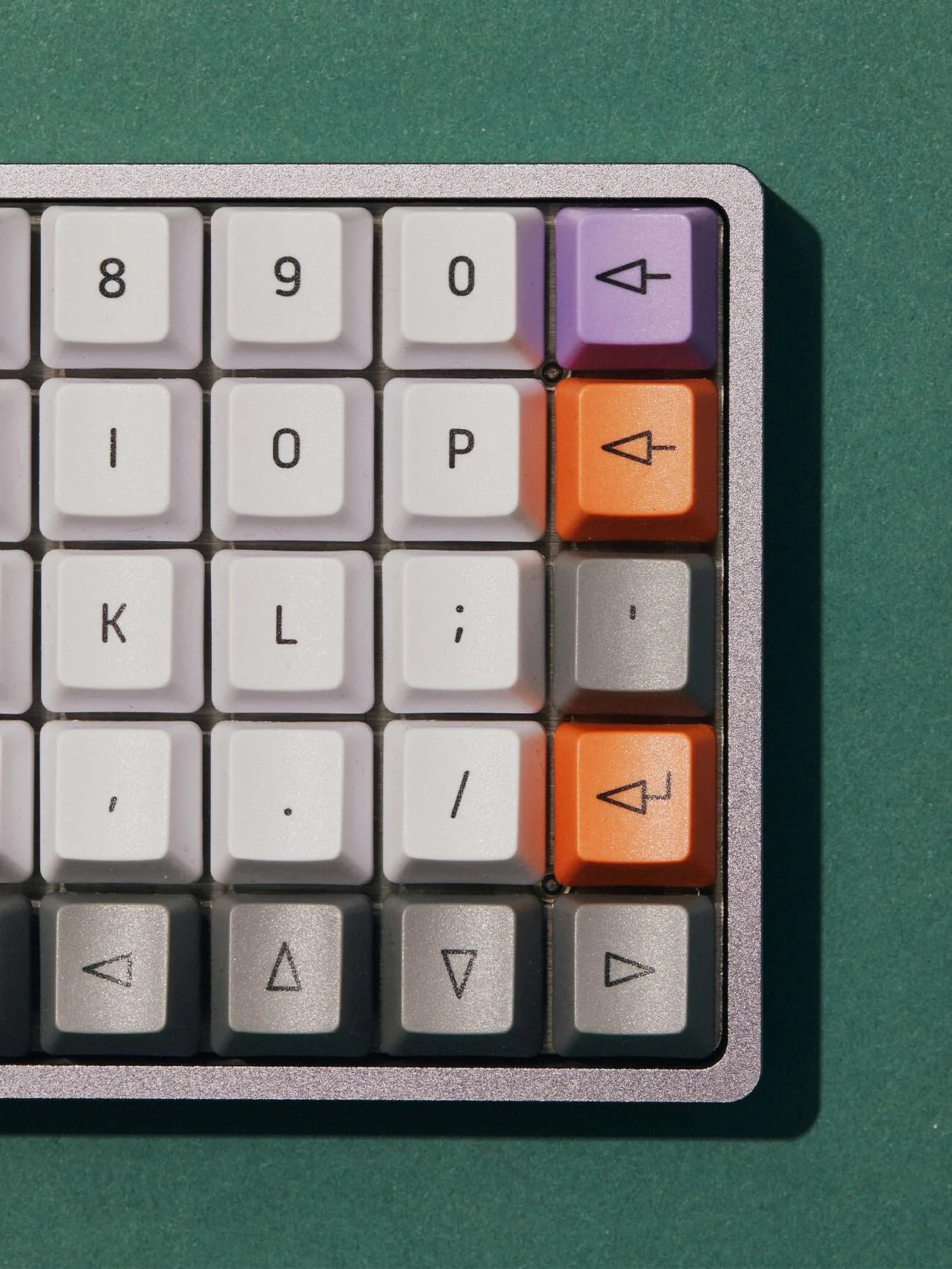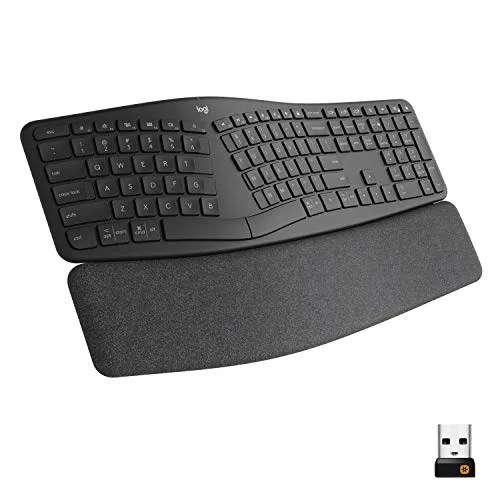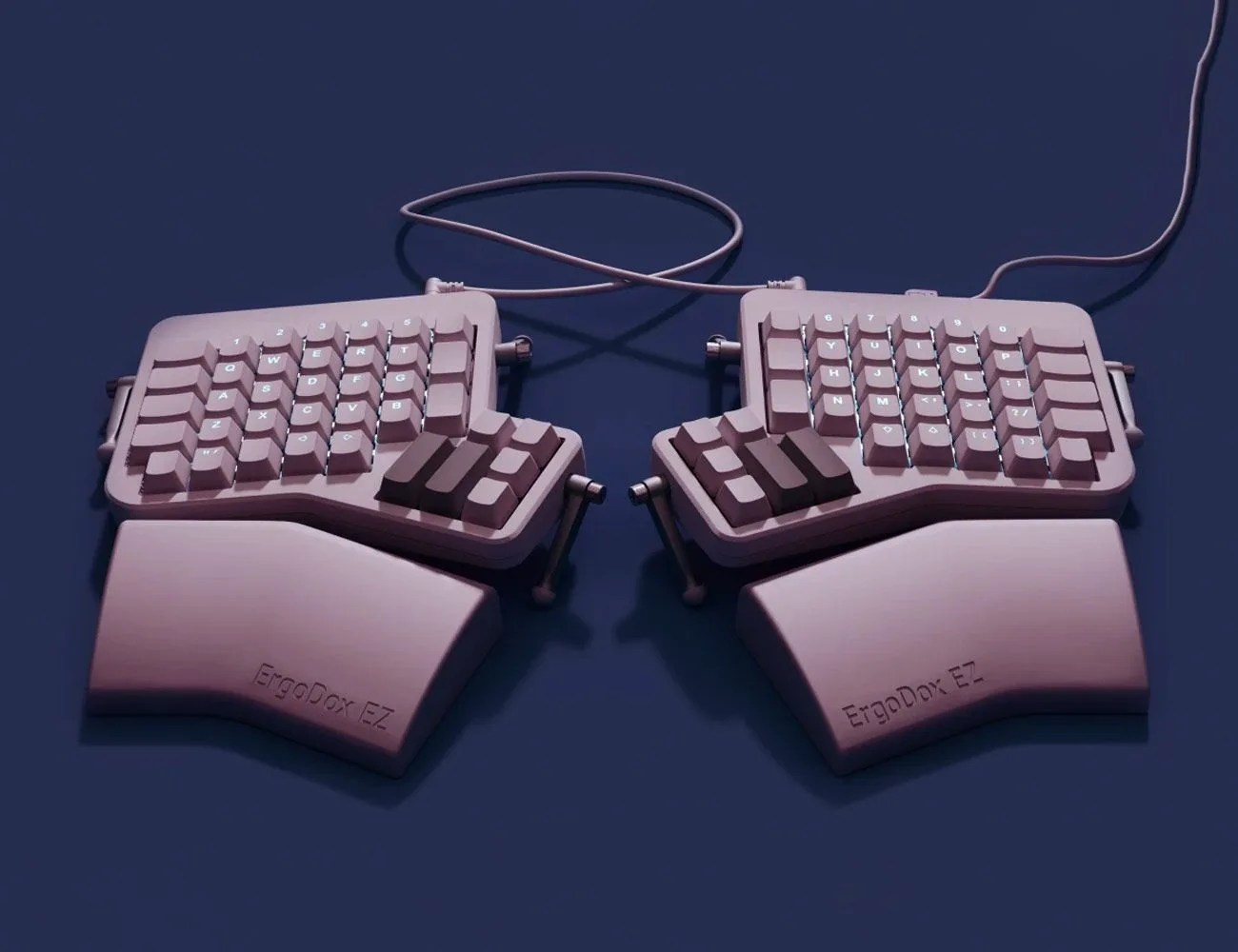Every day at work, I sit down at my desk and type hundreds, sometimes thousands, of words for a living. But that hasn’t saved me from being a lousy typist. I’m not slow. I certainly don’t hunt and peck. But I am sloppy as all get out. I let my hands carelessly flail over the keys, with overall top-speed hindered by lousy form and less than stellar accuracy, overworking a few fingers while letting others go underused. It’s OK though! I catch all, well most, well… some of the typos! But now, thanks to this strange grid-like “ortholinear” keyboard called the Preonic, I’m slowly but surely improving, and I’m loving every frustrating minute of it.
 Courtesy
CourtesyDrop + OLKB Preonic Keyboard MX Kit V3
What is an ortholinear keyboard?
The funny thing about modern-day computer keyboards, with their staggered horizontal rows and traditional QWERTY layouts, is that they have no real reason to look the way they do. These designs aren’t intended for comfort or efficiency. These now standard characteristics were designed for typewriters, to help ensure that the metal arms that pushed inked stamps into paper would be less likely to smash into each other and jam up while you type. Computer keyboards obviously aren’t subject to the same concerns but tend to stick to tradition for its own sake.
My lovely little grid boy, the Massdrop x OLKB Preonic Mechanical Keyboard to be specific, is a nerdy variety of mechanical keyboard that uses a different layout strategy known to ergonomic geeks as “ortholinear.” Instead of needlessly staggering keys to prevent non-existent jams, an ortholinear keyboard arranges its keys so that no heavily-used key is more than one space away from the finger assigned to press it. That way, the logic goes, your fingers don’t need to move as far and so can make their movements faster, and with less stress and strain. It’s a half-measure approach to improving ergonomics versus more extreme alternatives like switching away from QWERTY entirely.



